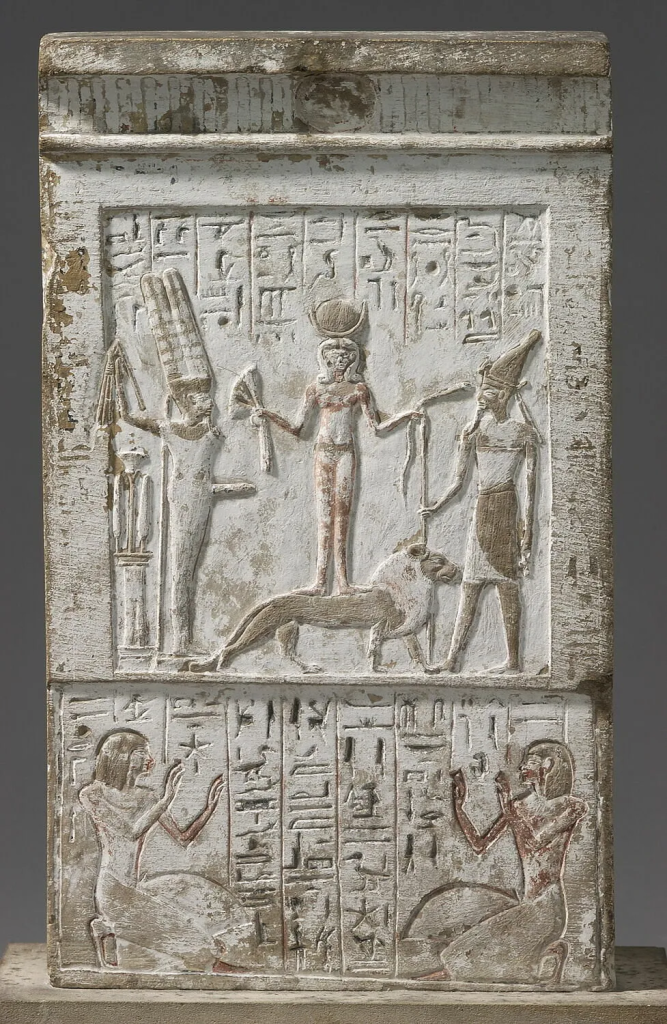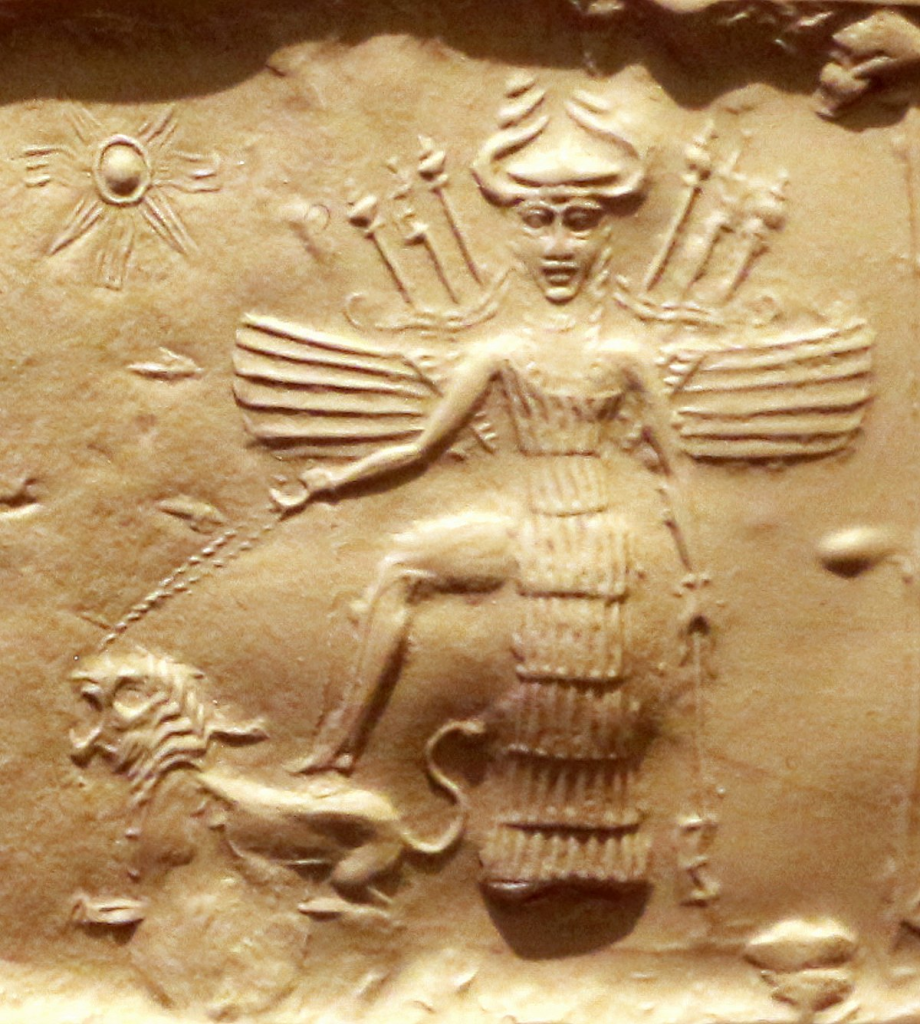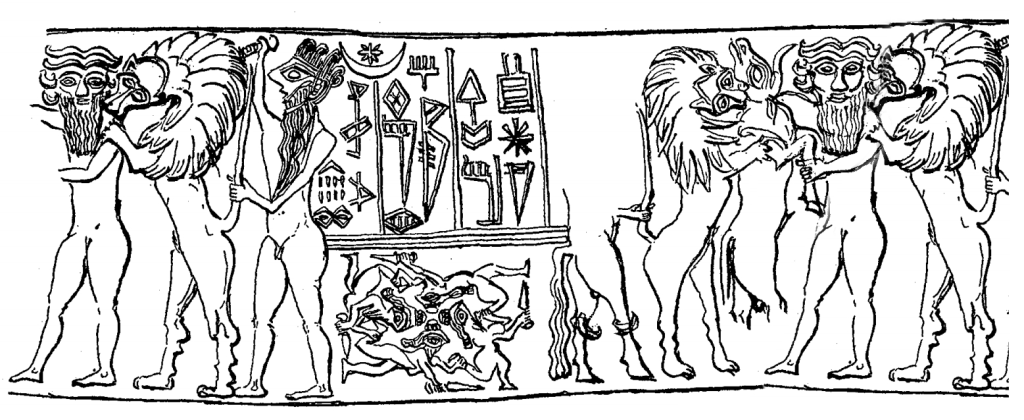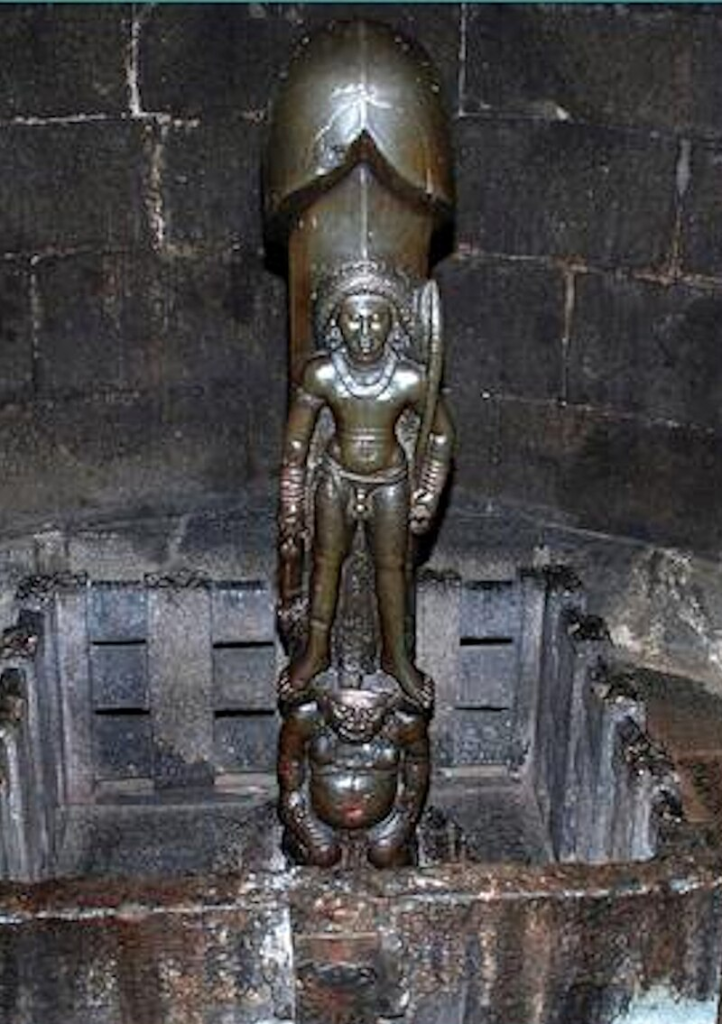Note: This article overlaps with the main article on my blog, CODEX DEI, but is more specifically related to the iconography of the Sayburç relief and the Indus valley links.
Paper identifying the Sayburç relief as Orion. It also identified the Aslantaş valley rock relief as a master of the animals motiv and asserting these have relations to that of the indus valey iconography. As far as the author was aware this was not published anywhere before. Published date: 07-04-2023
Adition: In a megalithomania video from 26 July 2023, they explain the name: Sayburç, Say & burç , Counting + Zodiac / Watch tower. (https://www.youtube.com/watch?v=S-kxoWYZwus) This enforces below thesis.
This paper is related to the 2021 discovery of the Sayburç relief. It asserts that the relief and iconography of the Anatolian era is related to the Indus valley iconography. It also directly relates the rock relief at the Aslantaş valley to the master of the animal’s iconography and specifically names the constellation of Orion as the source of this imagery. The author also points out the links between the Egyptian god Min and the fact that individuals, male or female, between lions, usualy relate to the zodiac, the sun or the moon, like the Aker symbol sundisk is flanked by two lions.

Source: The Sayburç relief (photograph by B. Köşker) – https://www.cambridge.org/core/journals/antiquity/article/sayburc-reliefs-a-narrative-scene-from-the-neolithic/3A35B54B3265C7224CB225FE70EBDD02
These are not the only Phallic statues found in the archeological record. And one can not just brush them of as “masturbators” or “fertility” related.
A much broader meaning of them is present, namely astronomical references to Orion and the sun at spring. The Karahan Tepe figure below or the Sayburc figure are not isolated phallic figures.


A Late Period copper-alloy statuette of the god Amun-Min, depicted holding his phallus in his left hand, with his right hand held aloft. From the Fitzwilliam Museum, Cambridge. Image: Sarah Griffiths
Many statues have been found on the Egyptian god Min. Especialy the early ones in the Ashmoleum museum show striking similarities to the pictures found in Turkey. To say oh they just where fascinated by the pallus would be a gross dismissal of possibly clues to its true meaning.

What is not fully understood in current archeological realms, is that Min is orion. The author wrote an article on the MIN-O-TAUR. The author also previously explained the Qetesh stele in an astromical context.

The Ketesh Stele is in fact a zodiac depiction, depicting Orion, Virgo/Annunitum(eastern fish of Pisces) and the god of war pestilence, Resheph, as Orions opposite, Ophiucius. Orion as the torchbearer has solar and fertility Phalic links. Reshep/Nergal is his zodiac opposite, in the middle of the zodiac circle, between them we find Virgo/Leo, Innana Ishtar

There are other Phallic depictions in history, namely the much later Cerne Abbas giant, which also, is a depiction of the Orion constellation, depicted in his full masculine glory. And no, this is not because “men just have a phallus”. There are links in fertility related to Orion as spring constellation and these depiction in history.


Hi there, I appreciate you reading my blog! 👀
The information presented here is free to read, with no ads. If you like this content, please consider supporting my writing by clicking on the link to become a member at Patreon Instead of a monthly recurring Patreon membership, you can also make a once off donation via Paypal or subscribe to my Youtube channel or follow me on X. 👇🏻
Thanks for your support!

Source: The Sayburç relief detail of the left image, the man and the bull. https://arkeonews.net/a-relief-of-a-man-holding-his-phallus-was-found-in-sayburc-one-of-the-tas-tepeler/

Source: The Orion constellation. http://www.rocketmime.com/astronomy/Winter/OrionTaurus.html
The Sayburç relief has not yet been officially identified or understood. The author of this paper states it’s the Orion constellation on one side and a depiction of the master of the animals relief on the other side.
Another relief that is not officially identified is the rock relief at the Aslantaş valley / “Göynüş” Valley, “Aslantaş” and “Yılantaş” Lions Rock”Afyonkarahisar” / Turkey. It has thus far not been identified or explicitly named as yet. The author of this paper asserts that both are a version of the master of the animals motive, the rock relief missing its head. This iconography is common in this era and more often used in the Anatolian civilization.

Rock relief in the Aslantaş valley, the master of the animals. Source: Wikipedia https://upload.wikimedia.org/wikipedia/commons/2/2d/Aslanta%C5%9F.jpg
The rock relief at the Aslantaş valley has not been previously identified with the master of the animals symbolism (https://en.wikipedia.org/wiki/Master_of_Animals), but is very clear, including the hole, if one compares it to this particular image of a Luristan bronze horse bit cheekpiece with “Master of Animals” motif, from about 700 BC. The horns are of particular mention as this is sometimes how he is depicted. The bullman, since its close to Orion.

An important clue in this particular image here that he is standing on “hares”, in a similar fashion to the Hittite double eagle clutching a pair of hares. The hare or rabbit is a reference to the sun, but also to the constellation Lepus. Its Orion defeating the Kneeler, or the sun defeating the moon, or the day defeating the night, Perseus vs medusa and many of these things.
The author of this paper, states that the master of the animals is the constellation of Orion and identifies the Sayburç relief as the indus iconography “master of the animals”.

Gebel el-Arak Knife (c. 3300-3200 BC). Naqada II, Egypt The two dogs relating to Canis Major and Canis Mino


Almost indentical image of the bull relief from the indus valley.

“Gilgamesh seal 2500-1500bc)Source: https://upload.wikimedia.org/wikipedia/commons/1/1e/Indus_valley_civilization_%22Gilgamesh%22_seal_%282500-1500_BC%29.jpg
Gilgamesh is of interest because of its depicution also often between two lions. But the reason for this is merely the sky reference earlier mentioned in between the lions of the horizon.

Seal impression of “Mesannepada, king of Kish“, excavated in the Royal Cemetery at Ur (U. 13607), dated circa 2600 BC.[15][16] The seal shows Gilgamesh and the mythical bull between two lions, one of the lions biting him in the shoulder. On each side of this group appears Enkidu and a hunter-hero, with a long beard and a Kish-style headdress, armed with a dagger. Under the text, four runners with beard and long hair form a human swastika. They are armed with daggers and catch each other’s foot.[16]
DR. L. LEGRAIN – UR EXCAVATIONS ARCHAIC SEAL-IMPRESSIONS Published in 1936, with no copyright

The author goes in more detail on the above seal in the specific Gilgamesh article.
Note that the master of the animals below is depicted in Yogi shape.

Pashupati seal. Source: Wikipedia https://en.wikipedia.org/wiki/Pashupati_seal
It had been claimed to be one of the earliest depictions of the Hindu god Shiva—”Pashupati” (Lord of animals) being one of his epithets, or a “proto-Shiva” deity.[9][11] Shiva itself has direct relations again to the orion constellation as Shiva Nataraj as mentioned here: https://www.chidambaramhiddentreasure.com/orion-chidambaram/


Orion, like the Egyptian God Min with his phallus and most likely the phallic depictions at Sayburc are the precursor to Shiva and its lingam iconography, All of this phallic symbolism is related and linked in history. The link to Shiva and Orion, can be seen in this article, but there are broader links to other cultures such as the Egyptian Min and the Sayburc relief. All of them are astronomical.


The iconography of Sayburç is near identical to the iconography found in the indus valley, especially when one looks at the left figure charging the bull. The image found at Sayburç is a combination of two expressions/versions of the master of the animals motive, one being a horned figure (in a meditation state) and the other one the one clutching a pair of felines. If one knows these two expressions, the Sayburç relief can be identified as an identical expression to the Indus valley motive. Its is very questionable that the Sayburc relief is as old as they say. It just doesnt ad up with similar iconography found around 4000BC.
It is interesting to note, without drawing any conclusions, that the image of the bull at Gobleki Tepe follows a similar perspective / head design. Source: https://en.m.wikipedia.org/wiki/File:Reliefs_of_animals,_G%C3%B6bekli_Tepe_Layer_III,_circa_9000_BCE.jpg
These links can be further corroborated by other depictions/versions of the master of the animals motif in Anatolia and the Indus valley in the form of a bird headed figure clutching a pair of felines, its is a second variant of the same figure yet now the bird aspect, related to the constellation of Lepus below it, is emphasized.
Now this is where we go into strange territory, as, the Anatolian civilization is currently dated at 9000BC, whilst the Indus civilization is dated at 3000bc. The “master of the animals motif could not possibly have survived for 6000 years, so is there a dating discrepancy? Clearly we see similar symbolism. I will keep this open without making any assumptions.
The iconography of a bird headed figure, the third version of the master of the animals figure, the one with a bird head, clutching the pair of lions can also be found in other places in Anatolia.

Bird headed deity wrestling felines, Harappa. https://www.harappa.com/blog/deity-fighting-two-tigers-seal

Source: Wikipedia, museum late 9th century BC. Museum of Anatolian Civilizations, Ankara. https://commons.wikimedia.org/wiki/File:Hittite_relief,_demon_between_two_lions,_9th_century_BC,_MACA,_3091.jpg
Above is the second relation between the Indus valley iconography and that of Anatolia.
The reason why it’s a bird headed figure is because it relates to the constellation of Orion. In Babylonian times, the constellation Lepus underneath was a rooster. Hence the combination of these two figures creates the “bird man”. The author asserts that that is also the reason for the bird figures flanking the tree of life in Assyrian iconography and likely that of Abraxas.

Image from the book, Babylonian Star lore, Gavin white, pointing out the old constellation of Lepus as a rooster/bird. https://www.amazon.com/Babylonian-Star-Lore-Illustrated-Star-Lore-Constellations/dp/0955903742
Later the constellation of the rooster/bird, became a hare, that is found in the myth of the goddess Ostara and the origins of our easter bunny with eggs. For this reason we see the lurian iconography clutching the hares.
I hope this paper contributed to the understanding of our past and in particularly to the iconography of the Turkish Sayburç relief and that of the Aslantaş valley, showing there are clear cultural links between this civilization and that of the Indus valley iconography, which is not surprising as they are close and the master of the animals motive, Orion, was revered in ancient times in many forms, yet both these assertions explaining these two reliefs AND the clear links to the Indus valley civilization, are put in writing here.
If you liked this research article please consider supporting the author, by scrolling down for various options, on the main page or sharing a link to this blog post or blog www.isutrikanda.com on your social media so others can also read it. You can also follow me on X @stijnvdhoven Thank you!
www.isutrikanda.com – IsuTrikanda – Copyright © 1999 – 2024 – All Rights Reserved.




